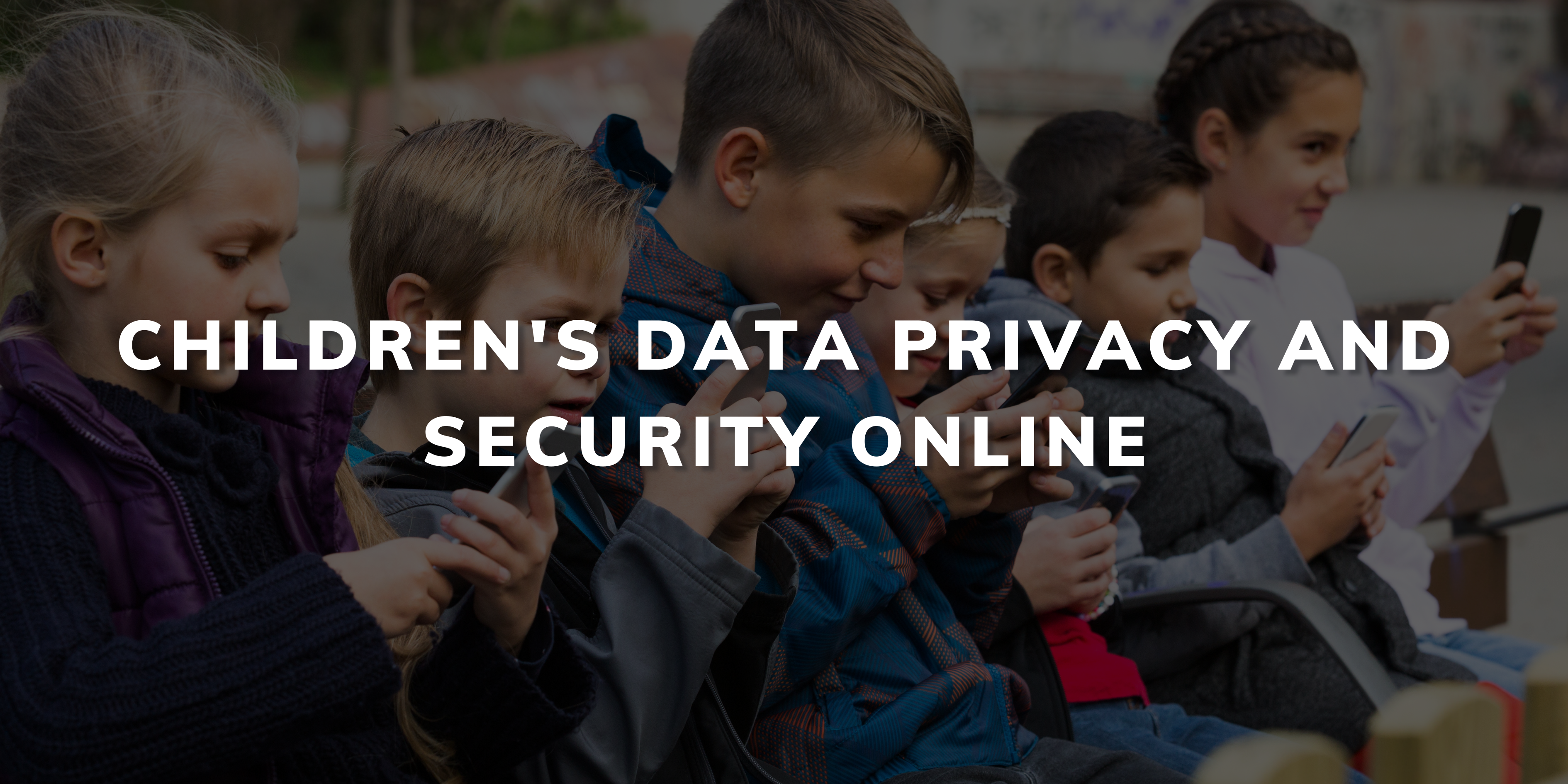
Children’s Data Privacy and Security Online
In the digital native age, children’s data privacy and security have become paramount concerns for parents, educators, and policymakers alike. As young users navigate online platforms for education, entertainment, and socialising, the safeguarding of their personal information is crucial to prevent misuse and protect their digital footprint. This blog post explores the challenges and strategies for enhancing children’s data privacy and security in the online world.
Key Summary
- Safeguarding Children’s Data: Emphasises the necessity of protecting children’s personal information to avoid exploitation and secure their digital presence in an increasingly online world.
- Challenges to Privacy: Points out the vast collection of personal data by digital platforms and the difficulties in ensuring compliance with diverse global privacy laws.
- Educational Strategies: Highlights the importance of educating children on the significance of privacy settings and the potential dangers of sharing information online.
- Role of Parents: Underscores the importance of using parental controls and maintaining open communication to oversee children’s internet use and instil a sense of privacy.
- Advocacy and Technology: Calls for stronger privacy regulations and the adoption of technologies that enhance data security, promoting a safer online environment for children.
The Importance of Protecting Children’s Data
Children are increasingly active online, yet they are less aware of the potential risks associated with sharing personal information. The innocence and trust children place in digital platforms can make them vulnerable to privacy breaches, identity theft, and online predation. Protecting children’s data is not just about safeguarding their personal information; it’s about ensuring a safe and secure online environment where they can learn, play, and grow without undue risk.
Challenges in Children’s Data Privacy
One of the main challenges in protecting children’s data privacy is the vast amount of personal information collected by websites, apps, and online services. From names and birthdates to location data and browsing habits, the digital footprints left by children can be extensive. Moreover, the use of this data for advertising purposes or its potential exposure through data breaches adds layers of risk.
Another challenge is the legal and regulatory landscape, which can vary significantly across jurisdictions. While laws such as the Children’s Online Privacy Protection Act (COPPA) in the United States set a baseline for children’s data protection, ensuring compliance and enforcement across the globe remains a complex task.
Strategies for Enhancing Online Safety
To address these challenges, a multi-faceted approach is required. Here are some strategies for enhancing children’s data privacy and security online:
- Educate and Empower: Education is a powerful tool in the fight for data privacy. Teaching children about the importance of privacy settings, the risks of sharing personal information online, and how to recognise and respond to inappropriate content or behaviour empowers them to navigate the digital world more safely.
- Parental Control and Supervision: Utilising parental control tools can help monitor and manage children’s online activities. However, it’s equally important for parents to maintain open lines of communication about online safety and to supervise their children’s internet use to ensure they understand the value of privacy.
- Advocate for Stronger Regulations: Advocating for stronger privacy protections and regulations can drive change at an institutional level. Supporting policies that require parental consent for data collection, limit data sharing and advertising to children, and promote transparency and accountability among tech companies can create a safer online environment.
- Technology Solutions: Encouraging the development and use of privacy-enhancing technologies (PETs) can help protect children’s data. Tools that anonymise personal information, secure data storage and transmission, and provide end-to-end encryption can significantly reduce privacy risks.
Conclusion
The digital world offers immense opportunities for learning, creativity, and connection for children. However, ensuring their data privacy and security is critical to safeguarding these benefits. By combining education, parental involvement, advocacy, and technology solutions, we can strive to create a safer online landscape where children can thrive without compromising their privacy. As we navigate this ever-evolving digital terrain, it’s imperative to remain vigilant and proactive in protecting the youngest members of our society.
Support Us!
Support us and make a real difference in data privacy and ownership. By becoming a supporter, you help shape a future where data is secure and truly belongs to its users. Whether you contribute financially or volunteer, your involvement is vital. Enjoy the supporter benefits and be part of the movement advocating for a future where you truly own your data and privacy. Act now—your participation is crucial!
